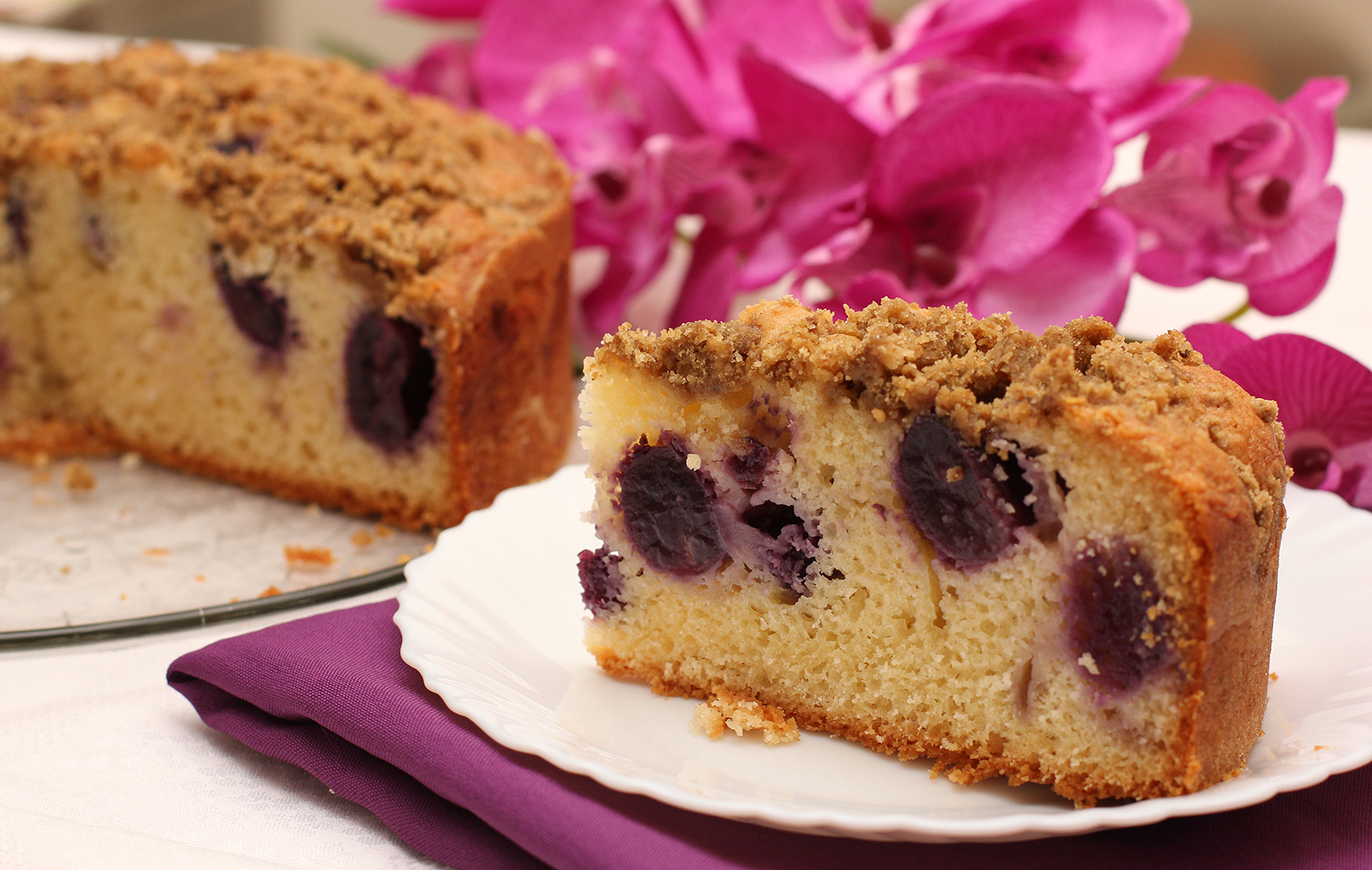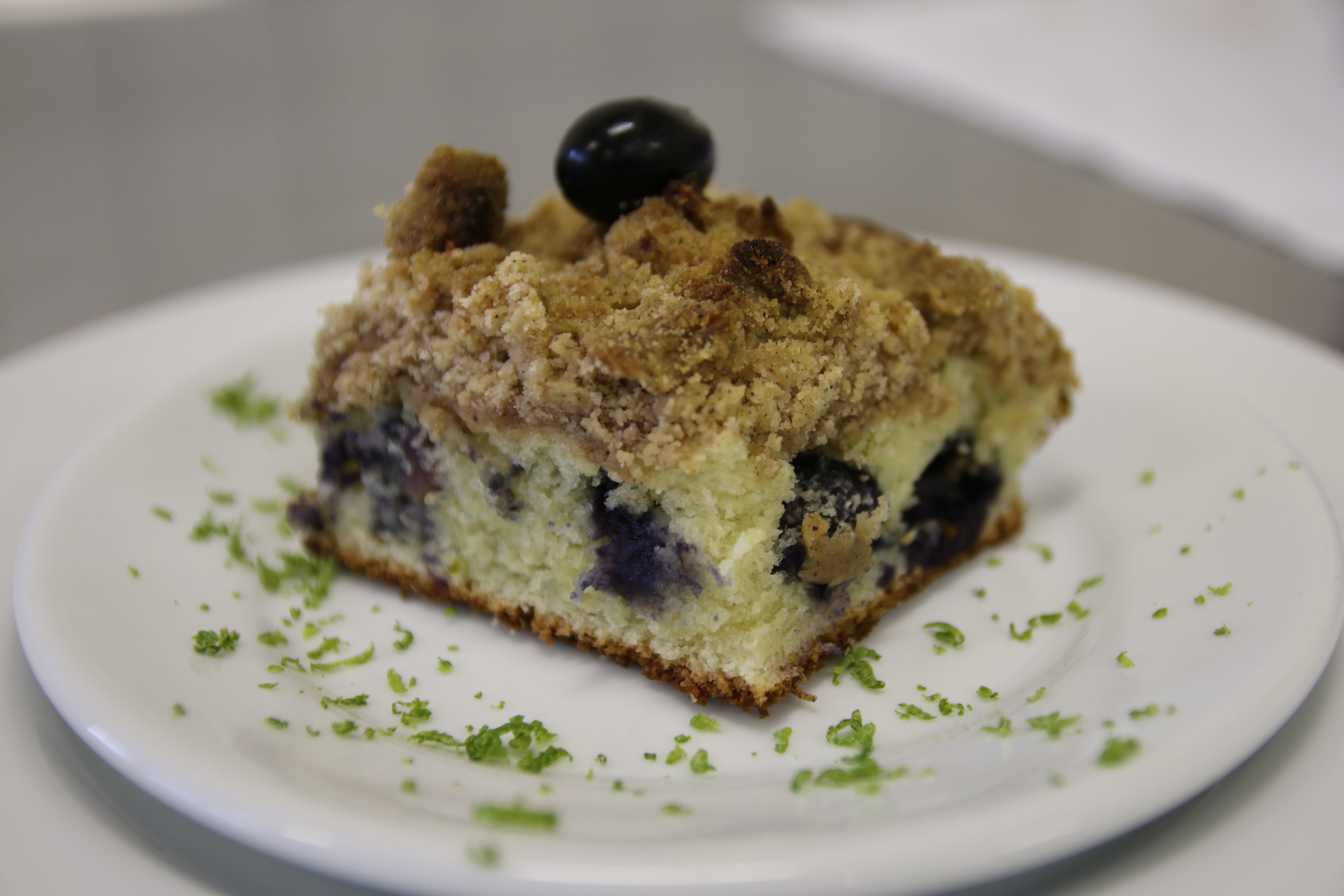
A Cuca (Kuchen) é tradicional de regiões brasileiras colonizadas por imigrantes europeus a partir da segunda metade do século XIX. Ela pode ser definida como uma massa preparada de forma artesanal e sem conservantes, composta por uma camada de frutas em sua superfície e coberta com farofa doce crocante à base de manteiga e açúcar.
De origem alemã, esse bolo fazia parte da tradição germânica, onde era denominado Streuselkuchen, que significa bolo de farofa. A Streuselkuchen originou-se na antiga Silésia seguida pela Prússia, de onde veio uma parcela considerável dos imigrantes alemães do Sul do Brasil, trazendo seus hábitos, costumes e necessidades alimentares.
Quando o bolo veio para o Brasil, era um prato servido apenas em datas especiais, tais como Natal e Páscoa, já que os principais ingredientes, farinha de trigo e açúcar, eram muito caros na época. Entretanto, atualmente uns dos fatores que contribuíram para sucesso foram a praticidade do preparo e o custo dos ingredientes, assim como a versatilidade, já que podem ser agregados variados ingredientes.
Estima-se que a partir das adaptações da língua, a palavra que designava bolo em geral acabou sendo usada para referenciar uma receita em específico, assim Kuchen tornou-se Cuca, e essa adaptação varia conforme os dialetos locais. No Paraná, na região de Curitiba, por exemplo, essa mesma receita é chamada de Cuque.
Hoje a Cuca está além das regiões de colonos descendentes de imigrantes, ela se espalhou pelos centros urbanos, fazendo parte, junto com Mus, também conhecido como Schmier ou Chimia (geléia de consistência mais firme) dos cafés coloniais que atraem pessoas interessadas em mesas fartas nas cidades da região sul do Brasil.
Escrito por: Kamila Mattoso Sant’anna e Walkyria dos Santos Silva
Revisado por: Profª Draª Angélica Aparecida Maurício

Cuca de Uva – Sul – Ciro Mattoso
Ingredientes Massa
Ingredientes para Farofa
Modo de preparo da massa
Modo de preparo da farofa
Montagem da cuca
Rende 16 pedaços.
Text in english
CUCA
Cuca (Kuchen) is traditional of Brazilian regions colonized by European immigrants from the second half of the nineteenth century. It can be defined as a hand-prepared, preservative-free dough composed of a layer of fruit on its surface and topped with crunchy sweet butter-based farofa and sugar.
With German origins, this cake was created in the Germanic tradition, where it was denominated “Streuselkuchen”, that means “bolo de farofa”. The Streuselkuchen originated in ancient Silesia, followed by Prussia, from which came a considerable piece of German immigrants from the South, bringing their habits, costumes and food needs.
When this cake came to Brazil, it was a dish served only on special dates, such as Christmas and Easter, since the main ingredients, wheat flour and sugar, were way too expensive at the time. However, one of the factors that contributed to the success was practicality of the preparation and the cost of ingredients, just like versatility, since various ingredients can be attributed.
It is estimated that from the adaptations of the language, the word that designated cake in general was used to refer to a specific recipe, so Kuchen became “Cuca”, and this adaptation varies according to the local dialects. In Paraná, in the region of Curitiba, for example, this same recipe is called “Cuque”.
Today, “cuca” is beyond the regions of colonists descending of immigrants, it has spread to the urban centers, being part, along with mus, also known as schmier or chimia (jelly of more solid consistency) of the colonial cafes that attract people interested in ample tables in the cities of Southern region of Brazil.
Grape Cuca – Ciro Mattoso
Ingredients for dough
Ingredients for farofa
How to prepare the dough
How to prepare the farofa
Mounting the cuca
Yield 16 pieces.